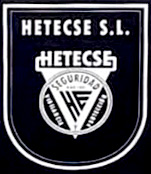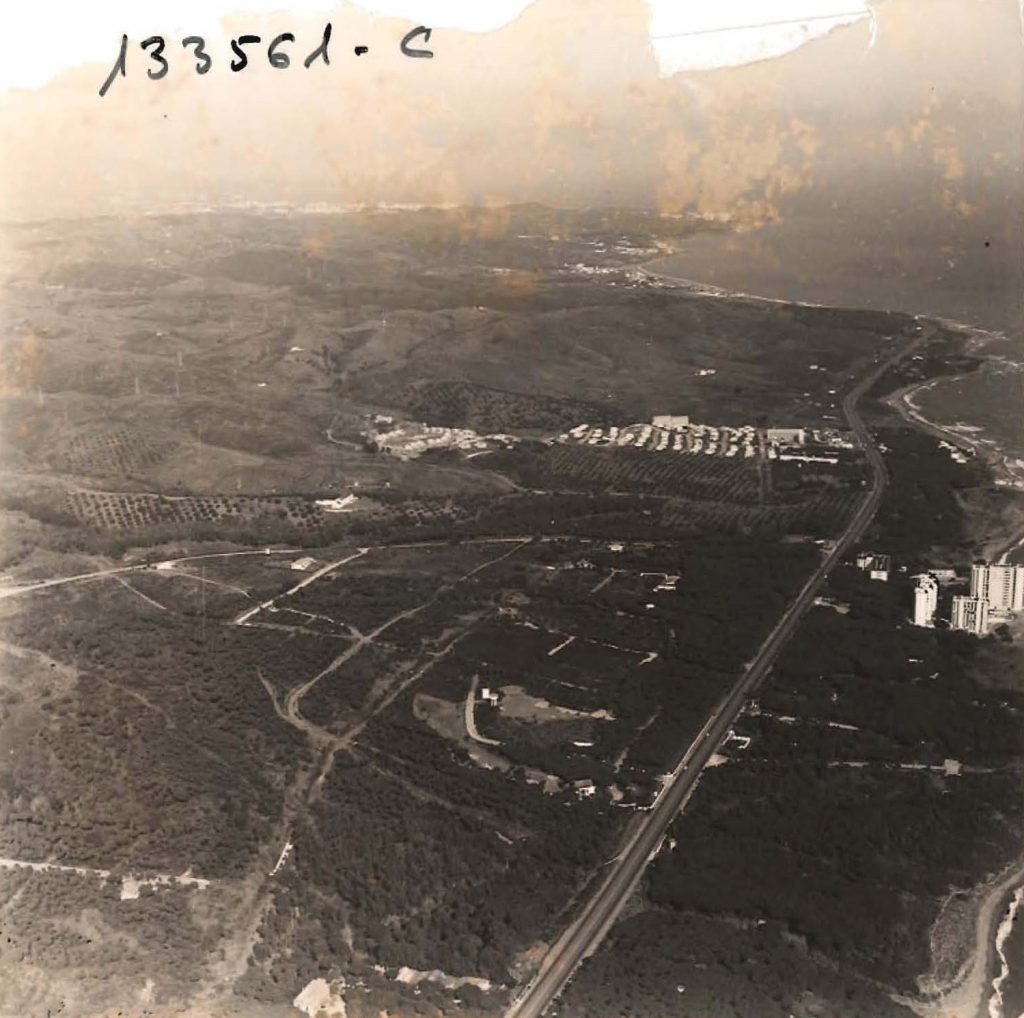– Page 6 –
During the political transition, permission was denied for Santa Teresa to be paraded along the N-340, which meant that the procession had to be carried out within La Cala, to the exclusion of Calahonda. This gave rise to the custom of parading San Miguel in procession through the streets of the urbanisation. The fact that San Miguel became the Patron Saint of Calahonda is owed to our family, who donated a carved image of Saint Michael that belonged to the Orbaneja family and dates from the Fifteenth Century. Naturally enough, the image remains at Calahonda Church, where, under the tutelage of the present parish priest, Father Ramón Tejero, a new, larger church is presently being built on the same site. The birth of the hermitage located on the upper part of Calahonda was interesting. A British film crew came to the urbanisation to shoot a film, leaving behind an arch on the crest of the hill when they left. Fernando Oria and I went up there and wondered how to make best use of this structure. The idea came to us to build a hermitage with a mirror that would reflect the evening sun and could be seen from a good part of the coast. And yes, ‘romerías’ to the hermitage were eventually organised.
It could be said that until 1970, the first ten years was a decade of adjustment, during which Calahonda tried to adapt to what the buyers wanted. Because of this, plots were sold that were smaller than had been anticipated, efforts were made to create more services for its residents as well as to give it more sports facilities. We had to compete with other developments that sometimes had heavier financial backing than we did. After more than a decade, in 1973, we had a party, born of our enthusiasm and the desire to be part of the festive heart of Andalucía. The venue was at the old plant nursery, where the playground on Avenida de España is today. The barbecue was an improvisation and the wine came out of demijohns. But that need to compete with other urbanisations was how Calahonda acquired its own identity, one that arose from a policy of constant improvement and increasing prestige thanks to its original vocation of respect for the environment. The following decade, the 70s, was a period of great growth, when much effort was focused on offering better sports and leisure facilities. This is when the tennis courts were built, and the riding club, sailing facilities, etc. The Nautical Club at Calahonda Beach was founded, with three Optimist boats and surfboards for the youngsters to enjoy without the need to go outside Calahonda. At the same time, emphasis was added to the cultural aspect of the urbanisation, with art exhibitions and classical music concerts, among other such activities organised by my brother Íñigo de Orbaneja.
The ‘brake’ on this strong process of expansion (growth on the Costa del Sol at the time was spectacular) had nothing to do with Calahonda itself, but rather with a situation that went far beyond the borders of Andalucía and even of Spain. This was the international oil crisis and the cancellation by Margaret Thatcher’s government of the so-called ‘Dollar Premium’ – a tax on exports – that seriously affected the British market, always the most important for this area. Towards the end of that decade, when the oil crisis had already shown its worst effects, around 1980, we had built 500 homes and sold 500,000 square metres of land. But a new era was to begin precisely in 1980, when a sales bonanza took effect. Between that year and 1989, we built another 4,200 units and sold another million and a half square metres of land. Calahonda created 2,500 jobs, of which 60%, some 1,500, were permanent and direct. By that time taxes and licences paid to the Town Hall at Mijas amounted to 300 million pesetas per year.
 +34 695 223 964
+34 695 223 964

